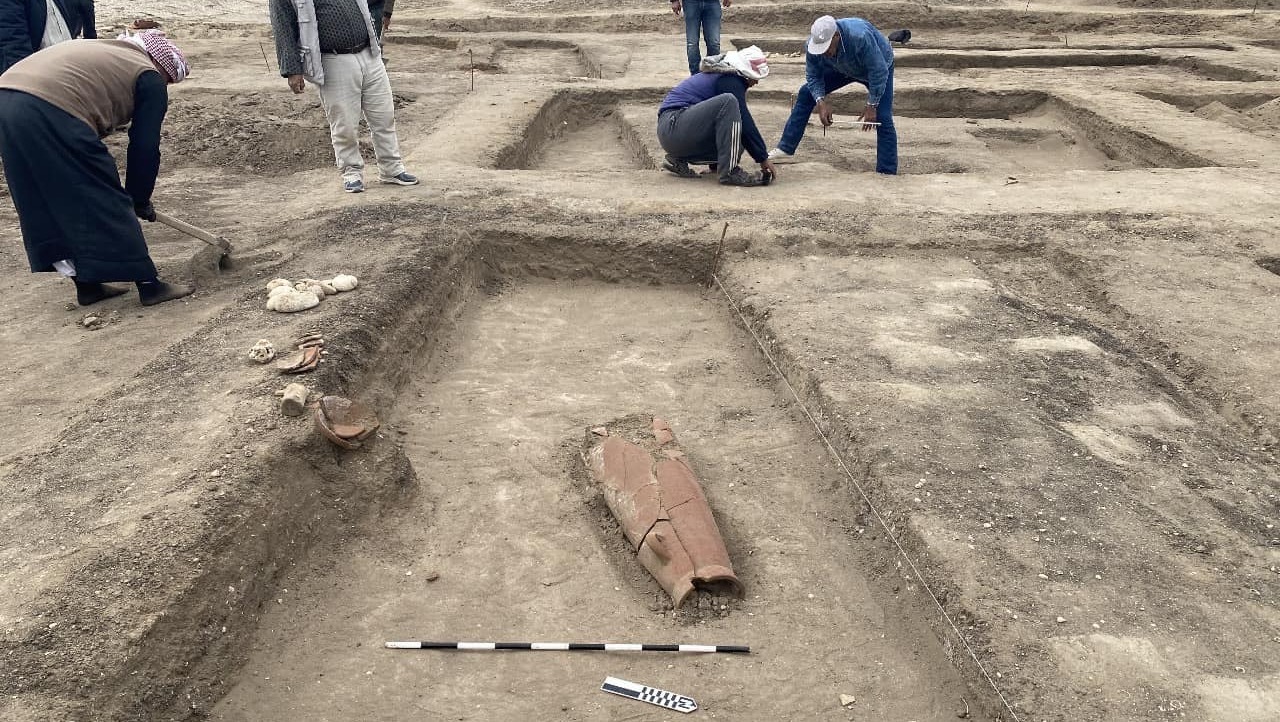JCM, Vol. 13, Pages 930: Multidisciplinary and Coordinated Management of Osteoporotic Vertebral Compression Fractures: Current State of the Art
Journal of Clinical Medicine doi: 10.3390/jcm13040930
Authors: Khalid Al Taha Nicolas Lauper David E. Bauer Andreas Tsoupras Enrico Tessitore Emmanuel Biver Dennis E. Dominguez
Osteoporotic vertebral compression fractures (OVCFs) present a significant health concern, affecting a substantial portion of the older adult population worldwide. This narrative review explores the prevalence, diagnostic challenges and management strategies for OVCFs. Despite the increasing incidence and impact on morbidity and mortality, existing clinical guidelines lack consistency and clear diagnostic and therapeutic recommendations. The review addresses key questions faced by physicians dealing with older adult patients experiencing acute back pain, offering insights into triage, radiological assessments and classification systems. We propose a comprehensive algorithm for clearing OVCF, considering clinical presentation, radiological findings and morphological aspects. Emphasis is placed on the importance of medically treating osteoporosis alongside OVCF management. The review encompasses relevant literature from 1993 to 2023, provides a detailed discussion on triage issues and incorporates a clinically oriented classification system developed by the German Society for Orthopaedics and Trauma. The Material and Methods section outlines the extensive literature search carried out in PUBMED, encompassing clinical and experimental studies, systematic reviews and meta-analyses. The articles retained focused mainly on answering critical questions regarding radiological assessments, imaging modalities and the presence of a specific classification system for OVCFs. The review emphasises that the evaluation and management of OVCFs necessitates a multidisciplinary approach involving spine specialists and bone disease experts. It also addresses the role of conservative versus surgical treatments, with a focus on percutaneous vertebral augmentation. The conclusion summarises the algorithm derived for use in emergency departments and general practice, aiming to streamline OVCF management, reduce unnecessary examinations and ensure optimal patient care. The algorithm recommends primary diagnosis using computed tomography, with magnetic resonance imaging reserved for specific cases. The review advocates a holistic approach, integrating medical and surgical interventions to address the complex challenges posed by OVCFs in ageing populations.

 2 months ago
15
2 months ago
15


